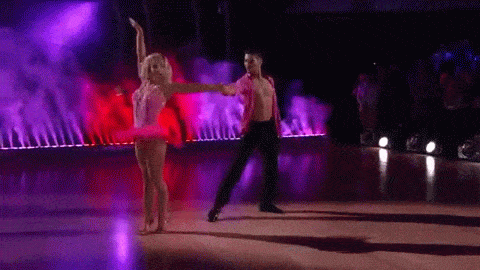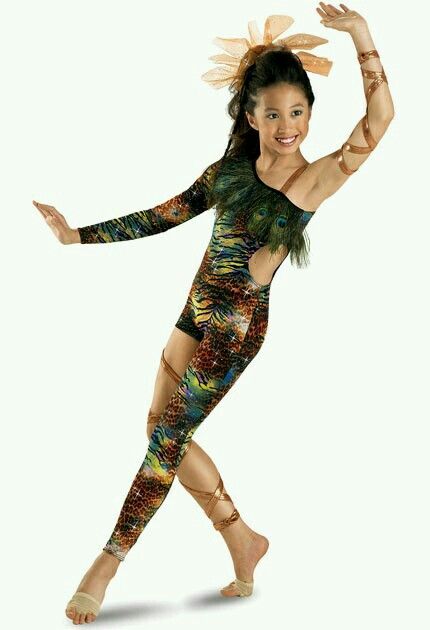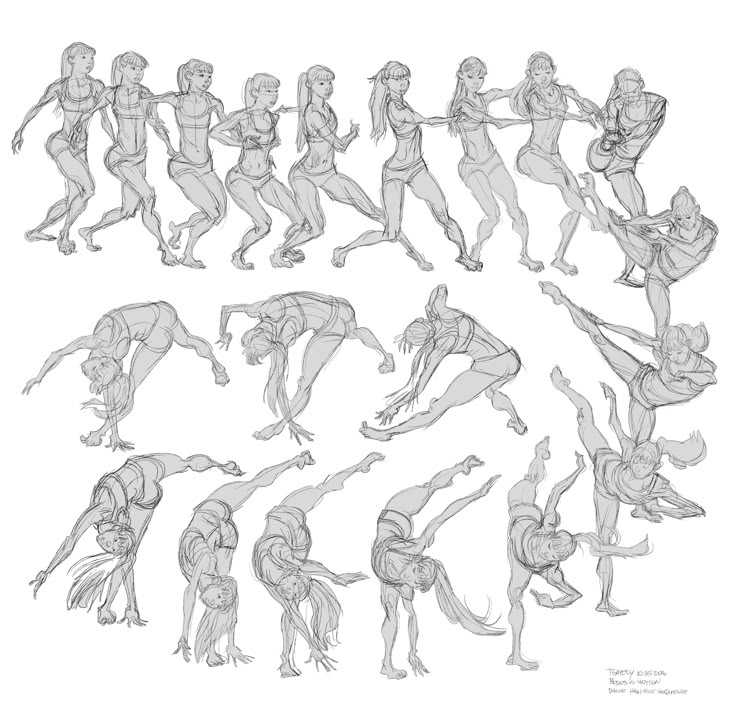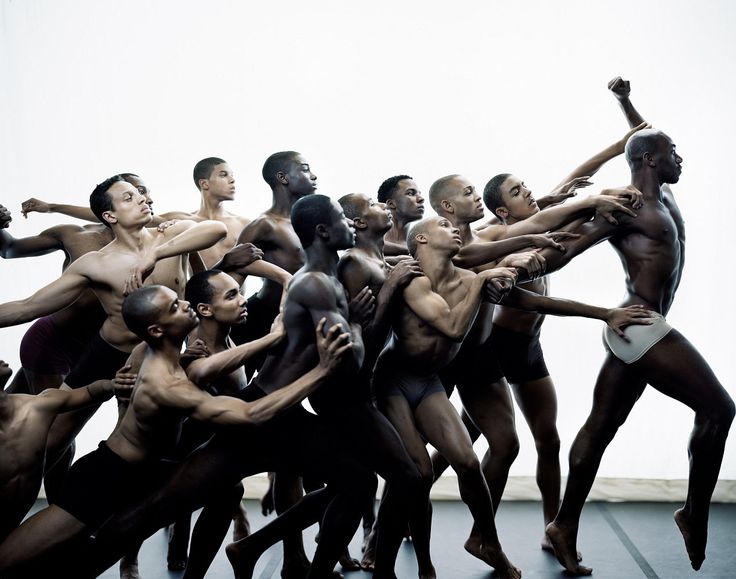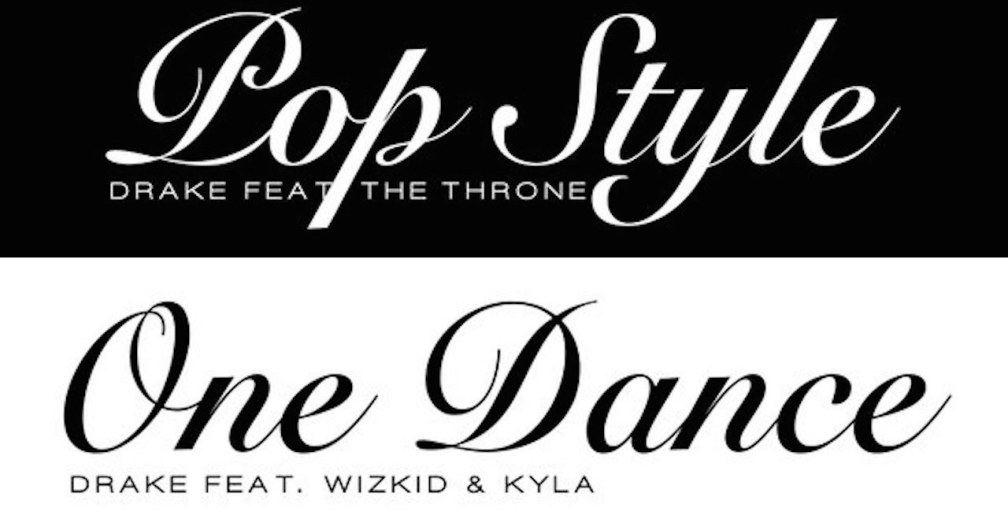How to improve stage presence for dancers
BollyLearn – Learn to Dance
Stage presence is that X-factor that separates the best dancers from the pack. You can master all the technique in the world, but if you don’t own the stage, you’re going to have a hard time capturing your audience’s attention. All dance, but Bollywood dance in particular, is about storytelling. Every song conveys a specific emotional moment in a story arch, and your job as a dancer is to translate that emotion into the context of your choreography. Mastering this art is the key to improving your stage presence. Some dancers have a natural instinct when it comes to storytelling and connecting with an audience, but anyone can build their stage presence over time using the right methods. Here are a few key ways to improve your stage presence - practice them with the same diligence you practice new techniques with!
Learn from the best
Make a list of the dancers that inspire you, and then watch as many of their videos (or live performances) as you can get your hands on. Take detailed notes on their unique styles - what about their performances stands out to you, and what synergies do you see with your own style? While every dancer both has and should continue to develop their own style, borrowing from the best is an excellent source of inspiration when you’re first starting out.
Understand your narrative
Take the time to understand the story you are telling - what is your “character” trying to express in this moment, and how does that expression change throughout your routine? If you didn’t choreograph the piece yourself, ask the choreographer about their intention behind the movements, and what they want the audience to feel.
Expressions, expressions, expressions
Once you’ve got a solid grasp of the story you are trying to tell, plop yourself down in front of a mirror and get up-close and personal with your facial expressions. How many nuanced ways can you convey happiness, coyness, confusion, anger, betrayal? What may seem like a dramatic expression in your head might translate to an insignificant movement in reality, and these muted expressions won’t translate to your audience when you’re up on a big stage. By spending some quality time with a mirror, you can study your own expressions and experiment with different styles.
By spending some quality time with a mirror, you can study your own expressions and experiment with different styles.
Take an acting class!
An acting class can help you free yourself of inhibitions and doubts that may be holding you back, and allow you to perform more freely on stage. Acting lessons will also come in handy if you’re struggling with extending the emotions you’re conveying with your body and movement to your facial expressions. Start small with an acting workshop and see if it’s a fit for you!
Perform anytime, anywhere
There is no replacement for feeding off the energy of your audience when performing. Try to perform in front of people as much as possible, whether it’s just in front of a couple of friends, half a dance class, or a full out performance on a stage with an audience of hundreds. Performing outside your studio and away from the mirror will give you a chance to put your skills to the test. You’ll notice the difference in your energy and expression as you perform more frequently, and you can use that momentum to challenge yourself further during practices.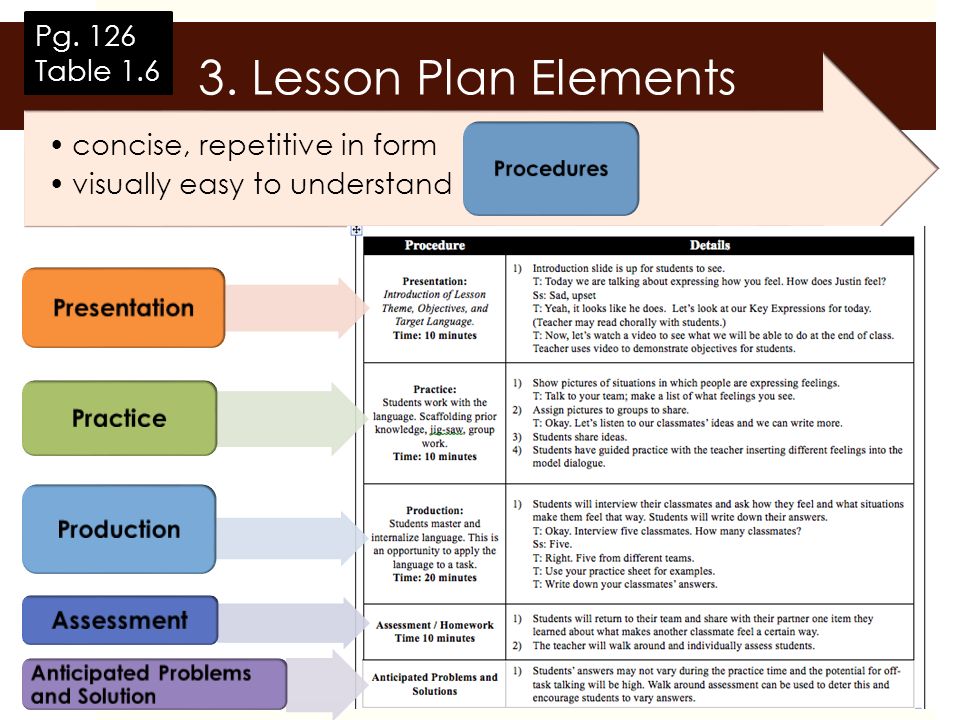
BollyLearn
0 LikesWhat it is, can I improve it?
Stage presence is something that draws your eye to a dancer, the x-factor they bring to each and every performance. Stage presence is the essence of a dancer’s being that is projected when they expose themselves, connecting with the audience, making them feel something. It’s also what truly separates artists from technicians.
But… Can stage presence be taught or improved upon?
Laurretta Summerscales, English National Ballet. Photo by Laurent Liotardo, Photography at @balletandphotos.
Stage presence is a mysterious thing. For some dancers, it comes rather naturally, while others, although they may love to dance and perform, have trouble exuding such a presence when they’re on stage. Many people believe that you’re either born with it, or you’re not – that it’s something you can’t achieve simply by practicing in front of the mirror for hours.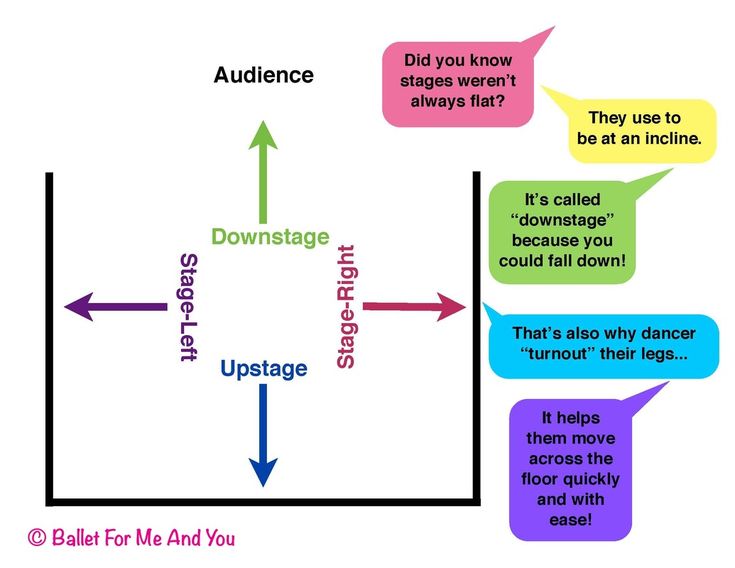 Which raises the question: Is it nature or nurture? Can you actually improve stage presence? Or is it really only a certain amount of “stage craft” in a roundabout way that can be taught?
Which raises the question: Is it nature or nurture? Can you actually improve stage presence? Or is it really only a certain amount of “stage craft” in a roundabout way that can be taught?
My idea of “presence” is an authentic sense of self, and so projection is the outward manifestation of it. Watch any dancer with superb technique who keeps his/her shoulders hunched or looks at the floor. This dancer pales in comparison to dancers who shine, stand upright and exude confidence, even though their technique may not be anything in comparison.
When we speak about stage presence and potentially improving upon it, I strongly believe that a lot of this comes from your facial expression and overall projection of confidence. When you are performing, the most important part of your face is your eyes. It may seem obvious, but you must make sure that they’re open and active when you’re on stage. Don’t let them wander here and there, unfocused because your mind is on the choreography or on corrections from the previous notes session.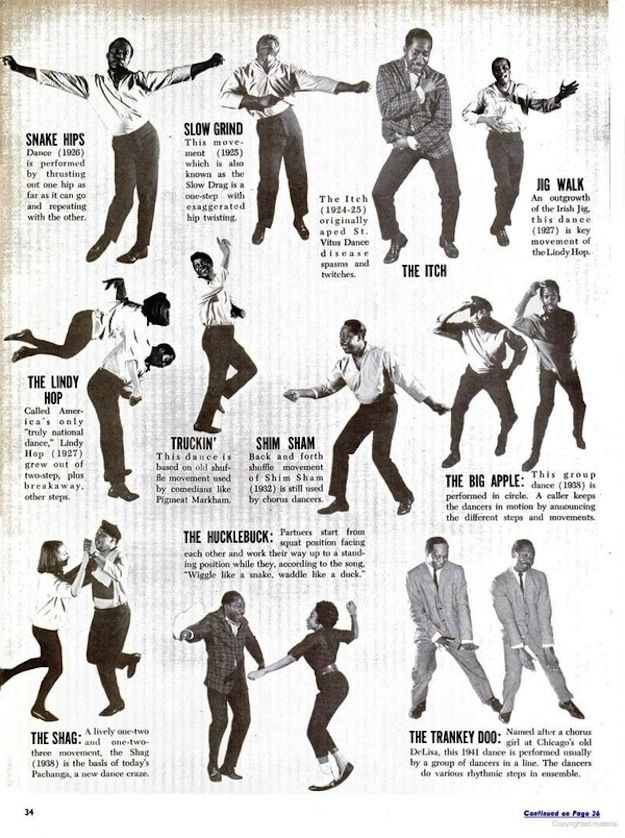
Gwinnett Ballet Theatre, ‘Nutcracker’ Snow Scene. Photography by Richard Calmes.
Once you are at a point where you feel comfortable with your choreography, start using rehearsal as a true performance. Work on developing your confidence in the studio when all other factors, such as corrections and distractions, are also being thrown at you. This element of confidence in both one’s self and one’s skills is so important. I do believe, however, that the aspects of time, maturity and a certain level of comfort, once developed, will make a huge difference to who you are as a dancer and, ultimately, as an artist.
Presence is nothing, though, without being keenly aware of your stage space. It is your job as a dancer to encompass the entire stage with your presence. You need to make the absolute most of every step and transition. Let your performance take up as much of the stage as possible. Broaden your movements, make them visible to even the last person sitting in the back row of the balcony section. Dance for that person, and beyond. The further away you project, the bigger your presence, and the more everyone in the theatre will absorb your performance. You need to connect to the space, be it a studio theatre space or a stage; understand the depth, breadth and perception of the entire space to project your presence beyond the realms of a “studio run”.
Dance for that person, and beyond. The further away you project, the bigger your presence, and the more everyone in the theatre will absorb your performance. You need to connect to the space, be it a studio theatre space or a stage; understand the depth, breadth and perception of the entire space to project your presence beyond the realms of a “studio run”.
If you want a visual clue, I often find it fascinating watching younger performers. They are totally uninhibited and unaware of their faults and can quite easily create their own fantasy and very much enjoy the attention of the audience and their overall surroundings. Sadly, some, once they realise that they may be judged, tend to lose that openness, but it’s this factor that we need to retain, nurture and always encourage. A good way to maintain such skills is to develop a character or story, whether or not you’ve been directed to. Each moment in your performance must be justified with a sense of purpose. Focus your attention with deliberation and reason; this will give your performance a strong sense of conviction.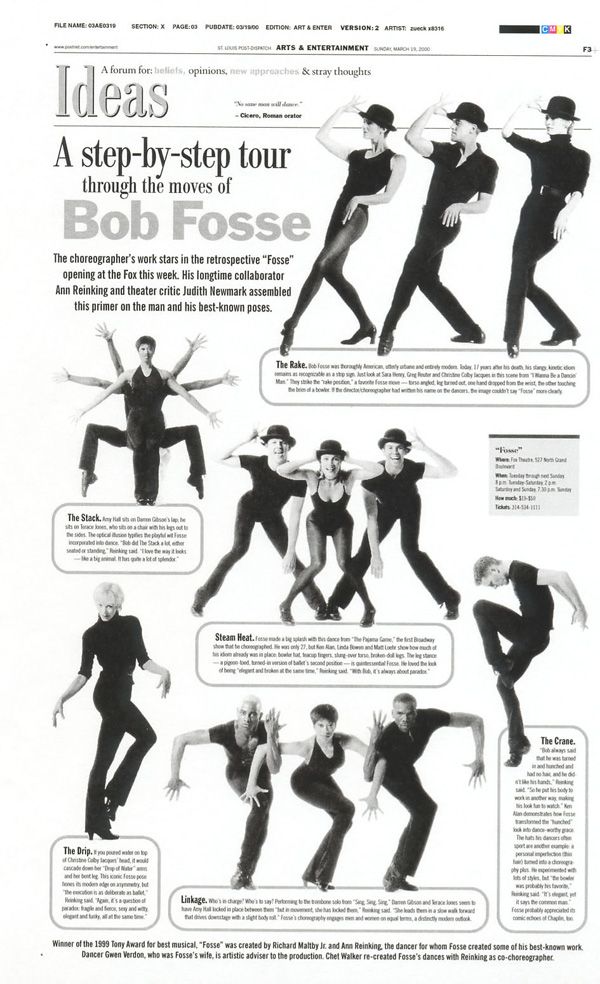
Dancer Teagan Lowe. Photo courtesy of Lowe.
As training intensifies, students often focus so heavily on technique that artistry becomes an afterthought. If taught in tandem, not only will they be given equal value, but also they will be integrated in the dancer’s process. The more information – technical, intellectual, cultural – you possess, the more choices you’ll have to interpret your role. All choreography is just steps. It’s what you bring to those steps that makes them something interesting.
To dance in this day and age, with all the gadgets and technical advances, it is easy for your performance to detract from the real and pure, and to concentrate more on the technical. Try to re-shift and focus on the present moment and enjoy the connection with the audience watching you. As artists, we are gifted with the opportunity to share not only the choreographer’s vision but also our singular perspective of it. A captivating dancer will always win over an audience’s heart.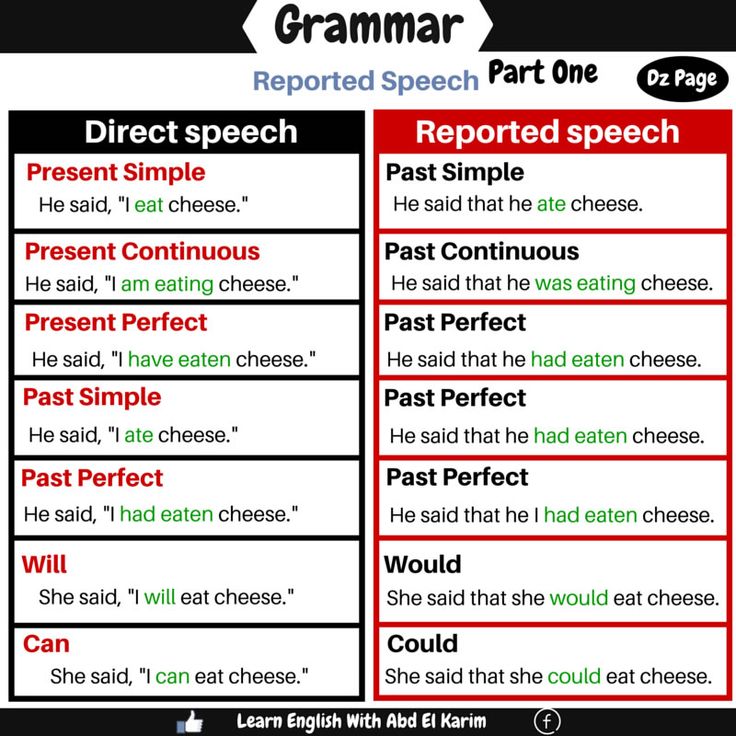 Having a positive sense of yourself, your posture, and your carriage, will give you an overall better projection on stage, and, in turn, will allow you to enjoy your performance in ways that you wouldn’t have dreamt possible.
Having a positive sense of yourself, your posture, and your carriage, will give you an overall better projection on stage, and, in turn, will allow you to enjoy your performance in ways that you wouldn’t have dreamt possible.
By Teagan Lowe of Dance Informa.
Photo (top): Gwinnett Ballet Theatre, ‘Nutcracker’. Photography by Richard Calmes.
Related Items:confidence, dance training, facial expressions, performance, Performance Skills, projection, stage presence, stage space, teaching stage presence, x-factor
Acting: The 20 Best Exercises
magazine
Acting: The 20 Best Exercises
If you think that natural talent and fantastic luck are behind the grandiose success of your favorite artist, then you are deeply mistaken. Most likely, he or she has spent thousands of hours to become better, more confident, more talkative, more expressive. Real acting skills are endless rehearsals, seminars and trainings. Which of them are the most productive and is it possible to practice at home? In this article, we will answer these questions.
Relaxation exercises
Usually, this block is placed at the very beginning of the workout, because the relaxation exercises simultaneously warm up the muscles. Thanks to them, a person is immersed in the process, stops being nervous and begins to control his own body. Most of them are based on relaxation and removal of clamps, both bodily and psychological. Why is this needed? If you've ever seen an actress faint on stage, then you probably wondered why she manages not to break the back of her head or break her shoulder. The fact is that due to regular training, the body becomes plastic and soft, therefore, during a fall, it does not hit the surface, but “slides” onto it without injury.
1. Acting - a new yoga
Clear the area on the floor and lay a mat - any that does not let the cold in will do. Lie on your back and find a comfortable position, just do not cross your arms and legs. Close your eyes, take a deep breath and mentally "feel" your body, and then relax it: start with the soles of your left foot and gradually rise higher until you reach the head.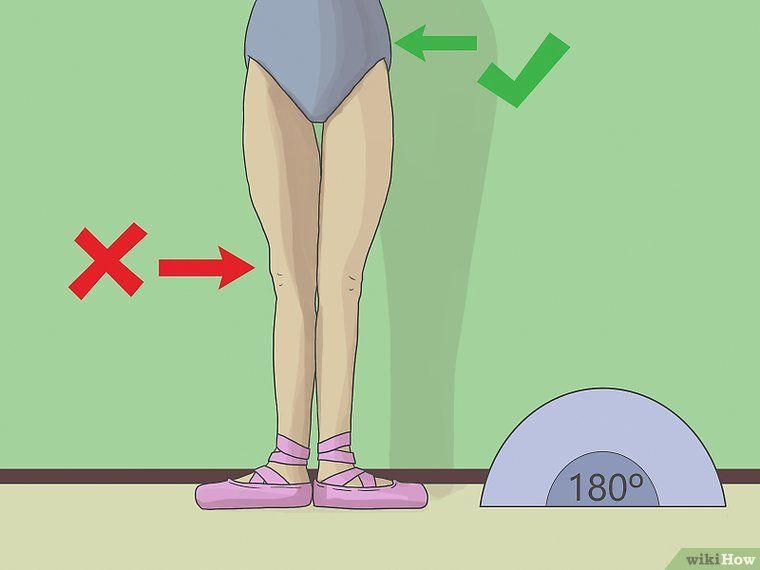 This is not as easy to do as it is written, so take as much time as you need. The mechanism of the exercise resembles meditation, so it can be done regularly in the morning, immediately after waking up.
This is not as easy to do as it is written, so take as much time as you need. The mechanism of the exercise resembles meditation, so it can be done regularly in the morning, immediately after waking up.
2. Make a friend. Imaginary
Sounds like absolute nonsense, right? In fact, this is very valuable advice for those who find it difficult to open up and liberate themselves with anyone, even close people. If it is difficult for you to keep a human image constantly in front of your eyes, then just sit or stand in front of the mirror and communicate with the reflection. Tell an abstract interlocutor what you cannot (yet) share with the rest. If you manage to do this, you will overcome the verbal barrier and dialogues with real people will develop much easier.
3. Dance!
Dancing is one of the most liberated and plastic arts in history. Therefore, bypassing it, if you really want to completely remove the clamps, will not work. Set a timer for 15 minutes, stand in front of a mirror and dance without stopping. You can move as you like, mixing different genres, slowing down or speeding up. If you do not have a psychological barrier in front of others, then you can do the same in the presence of friends or relatives. This exercise is sure to give results if you repeat it daily - it can become your good habit and replace morning exercises.
Set a timer for 15 minutes, stand in front of a mirror and dance without stopping. You can move as you like, mixing different genres, slowing down or speeding up. If you do not have a psychological barrier in front of others, then you can do the same in the presence of friends or relatives. This exercise is sure to give results if you repeat it daily - it can become your good habit and replace morning exercises.
How to improve speech and diction?
Write down and we will select a suitable speech course
| I want to study |
Fantasy
The artist’s work, 50% constant inclusion in the invented world - world, which in the invented world, which in the invented world. "War and Peace" was described by Tolstoy or Chekhov in his "Three Sisters". In order to organically exist on stage, an actor must be able to transfer plots from literature to real life. In this case, it is impossible to do without wild imagination, so it is necessary to train it.
In this case, it is impossible to do without wild imagination, so it is necessary to train it.
1. Imagine you are an accountant.
Ask your friends to write on a piece of paper any profession that is as far as possible from the one you are doing now. See what role you have and start talking about your life as if you are already working as an electrician, hairdresser, contemporary artist or interior designer. Let your friends ask you additional difficult questions that will constantly "update" your narrative and detail it.
2. Come up with an original film.
This exercise can be done alone. Imagine that you need to submit a script for a short film in two hours. Choose a topic, describe the characters, plot, climax and development of the plot, suggest an imaginary scenery or scene - you can do it out loud, or you can on a piece of paper. Believe me, two hours may not be enough for you, the process is so exciting. If suddenly the plot seems worthy to you, then you can try to bring it to life with the help of Easy People.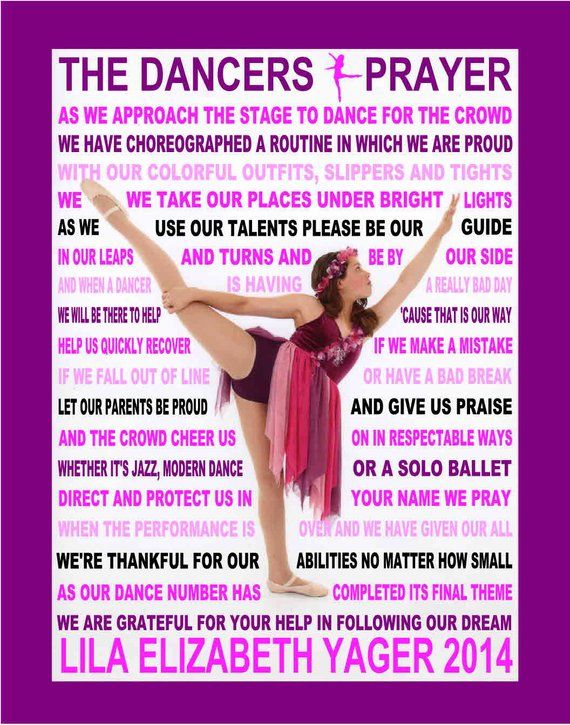 At the acting school, at the end of one of the courses, teachers offer students to independently develop a plot for their course video. You can read about student feedback and the filming process here:
At the acting school, at the end of one of the courses, teachers offer students to independently develop a plot for their course video. You can read about student feedback and the filming process here:
3. Pick up an iguana.
Imaginary! Imagine that you have some kind of exotic animal sitting in your arms, which absolutely cannot be lowered from your hands to the floor. It can be huge, like a kangaroo, it can be prickly, like a porcupine, or soft and, at the same time, dangerous, like a cheetah kitten. Try to be as plausible as possible to show the "escape" of the animal from your hands and do not forget that the viewer must correctly determine which animal you are holding. More useful fantasy exercises can be found in our article
Exercises to develop attention
Attention seems to be a very rational phenomenon, depending on the work of the brain, although the most famous practitioner and theorist of the Russian theater - Konstantin Stanislavsky - wrote that, in his opinion, attention is not in the artist's head, but in solar plexus area. Attention is necessary for the artist to be able to correctly select the most important and culminating points from the material, and also to capture the mood of the audience sitting in the auditorium right off the bat. Having determined the negative reaction of the viewer, the actor can influence the course of the performance for the better.
Attention is necessary for the artist to be able to correctly select the most important and culminating points from the material, and also to capture the mood of the audience sitting in the auditorium right off the bat. Having determined the negative reaction of the viewer, the actor can influence the course of the performance for the better.
1. Look at your table lamp.
Or any other item you use daily. Put it in front of you and, for starters, carefully examine it from all sides, imagine how it can feel to the touch - slippery, prickly, scratched, and so on. Then check your guesses in practice and touch the thing - this is how your tactile memory will work. At the end, turn away and try to describe the object as fully as possible, using the sensations received. This can be done the next day or just after a long time.
2. Think of Caesar, who could do several things at the same time.
An attentive artist should be able to do the same.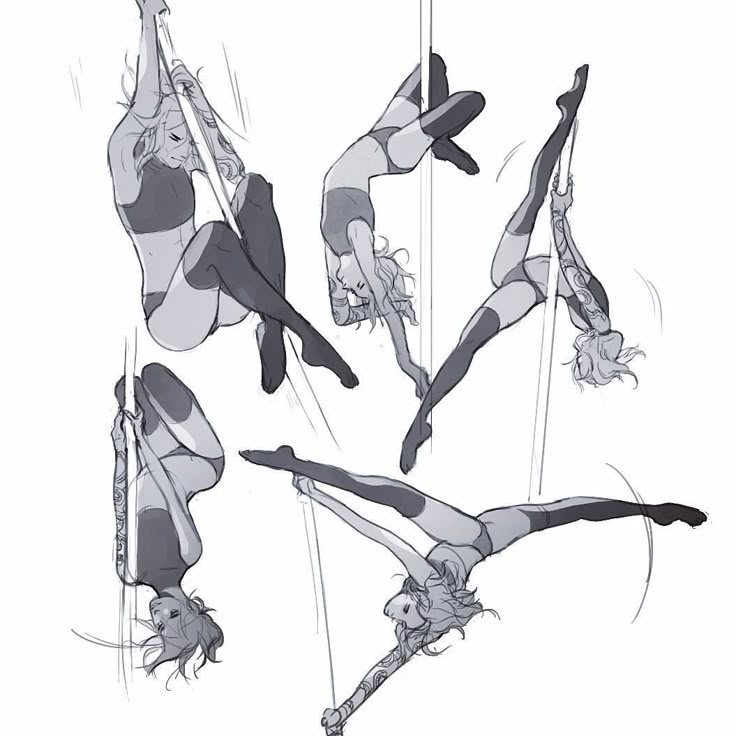 Therefore, try to immerse yourself in this situation: start playing chess or checkers, turn on a song with unfamiliar words, and try to answer messages from friends from time to time. As you work out, invite someone to observe your progress and provide feedback. This is very important, because, of course, it will not work to do every task perfectly the first time.
Therefore, try to immerse yourself in this situation: start playing chess or checkers, turn on a song with unfamiliar words, and try to answer messages from friends from time to time. As you work out, invite someone to observe your progress and provide feedback. This is very important, because, of course, it will not work to do every task perfectly the first time.
3. Play a more difficult version of Crocodile
You will need the help of loved ones to complete this exercise. Stand one and a half meters apart and agree that one of you shows different movements, and the second repeats them. If you got the second role, then try to most clearly and correctly follow the movements and postures of your partner.
Diction exercises
A point whose importance needs no explanation. Obviously, the profession of an artist requires good diction, which must be worked on daily. Here again, we can turn to Stanislavsky, who said that beautiful speech should be not just a skill, but a part of a person’s personality, as if he had it from birth. This means that the actor must speak correctly and well not only on stage or on the set, but also over a cup of coffee with a friend. Moreover, diction is not just the correct and loud pronunciation of words aloud, but also the ability to master intonations, control the viewer's attention with the help of one's speech. Everyone had to train diction at least once in their life, remember at least the lessons in elementary school, where you were asked to pronounce funny tongue twisters. True, professional acting education requires more complex instructions, which we will now discuss.
This means that the actor must speak correctly and well not only on stage or on the set, but also over a cup of coffee with a friend. Moreover, diction is not just the correct and loud pronunciation of words aloud, but also the ability to master intonations, control the viewer's attention with the help of one's speech. Everyone had to train diction at least once in their life, remember at least the lessons in elementary school, where you were asked to pronounce funny tongue twisters. True, professional acting education requires more complex instructions, which we will now discuss.
1. Don't be afraid to break your tongue
One of the most famous stage speech teachers in St. Petersburg, Egor Arkhipov, advises novice artists to start training diction with articulation exercises. Articulation is necessary in order to be able to clearly and correctly pronounce individual speech sounds. Especially for the Easy People school, Egor Arkhipov compiled a large list of useful workouts, which you can read more about in the article. One of them is to pronounce complex letter combinations, which are extremely rare in everyday life. For example: LRA, LRYA, LRU, LRYU, CHRA, SRA, RLO, MFO, RLI, MFE. To enhance the effect and greater emancipation, you can do this exercise in front of a mirror.
One of them is to pronounce complex letter combinations, which are extremely rare in everyday life. For example: LRA, LRYA, LRU, LRYU, CHRA, SRA, RLO, MFO, RLI, MFE. To enhance the effect and greater emancipation, you can do this exercise in front of a mirror.
2. Three different versions of the Constitution
Take the Constitution of Russia and choose absolutely any passage. Your task is to read it several times, psychologically immersing yourself in various conditions. First, pronounce the text as if you are reading out a solemn manifesto, then as if you are confessing passionate love, and finally, as if you are not in front of the Constitution, but a fascinating and high-quality detective story. Carefully follow the diction - in each of the proposed cases, it should change rapidly, somewhere be softer and more plastic, and somewhere more assertive and clearer. To evaluate the results, you will need the help of friends so that they can tell you about the mistakes and help you achieve the perfect sound for each passage.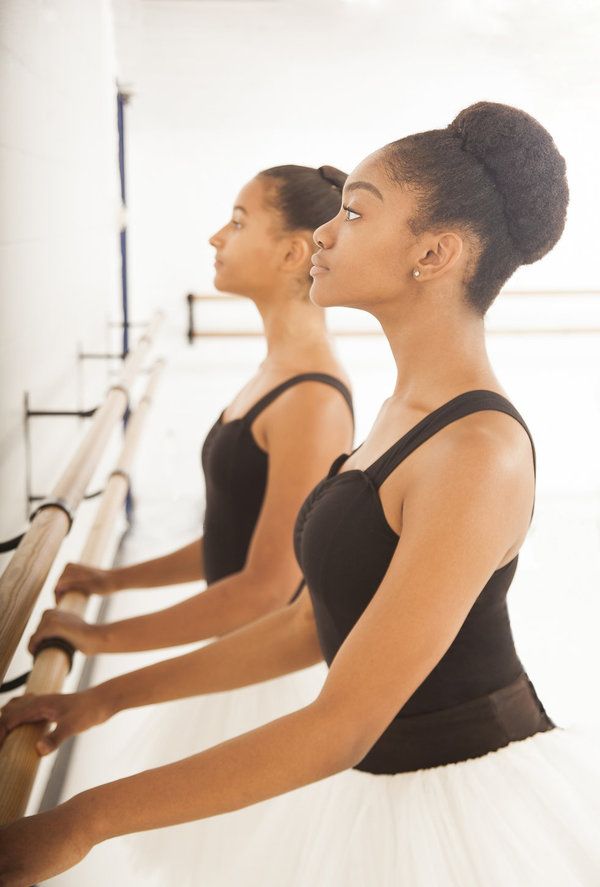
Exercises for the development of memory
In order to memorize large layers of text and broadcast them from the stage, an artist must have an excellent memory. It is generally accepted that the ability to quickly and permanently remember any information is innate, like a talent. But neuroscientists who study the real properties and abilities of our brain will laugh at this stereotype and answer that memory can be trained in the same way as the muscles of our body. We have selected some of the most interesting workouts:
1. Record the details in a notebook
Now, when you go for a walk or, better, when you go on a trip, make it a rule to write down your route on a piece of paper at the end of a walk or trip. If you have a penchant for drawing, then you can not only write, but also sketch small details and details encountered along the way. Gradually, the volume of notes or sketches will grow - on the next walks / trips, you will concentrate much more strongly on what surrounds you.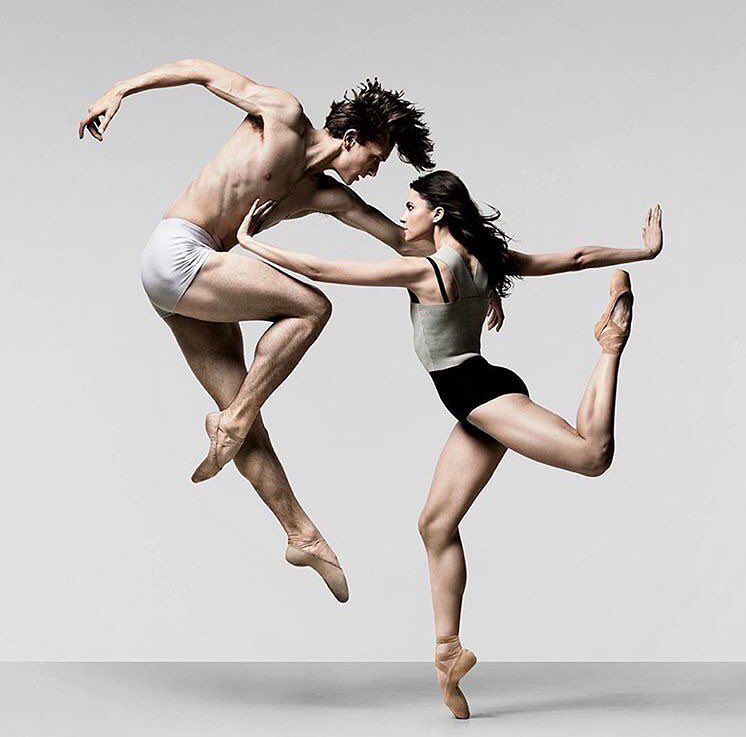
2. Look around
On the way to school, college or work, learn to memorize 10-12 phenomena, creatures or objects that you liked or, conversely, disliked the most. For example: on the pavement you saw a lost lipstick, on the bus you heard someone confess their love to someone, while walking along the embankment you saw a funny little girl in a stroller, and in a shop window you saw a huge lollipop. When you reach the goal, try to recount in your head (without writing it down!) What you saw in the correct order.
3. More music!
Ask your friends to send you some music tracks with captivating lyrics. Listen to each of them and try to retell the plot of each song aloud. From the first time, only a mess of metaphors and confusion with heroes can turn out, so listen to the tracks two more times and try again. If you complete the task regularly, then after some time you will develop your own memorization technique, which in the future will be very useful for fixing roles.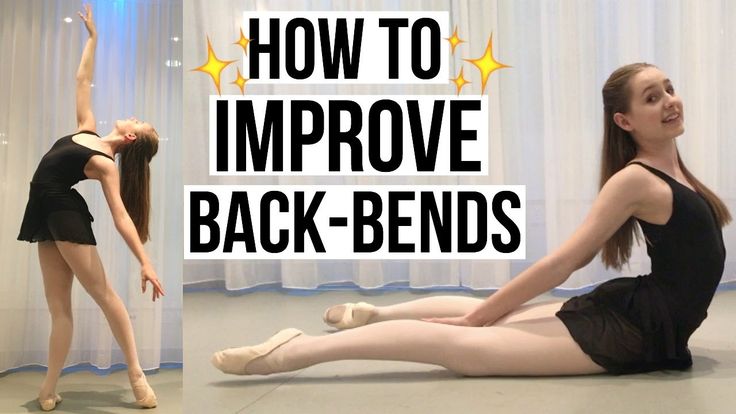
Exercises for expressiveness
There is a thriving stereotype that in professional theater universities teachers look at a person's appearance and his ability to dance, sing or read poetry. But, in fact, the ability to express oneself is much more valued in the profession. It is about the expressiveness of a person as a person. They usually say about such people that they know how to “stand out from the crowd”, that is, effectively present themselves and their talents. Many people think that this quality is innate, but in fact it can be pumped and achieve visible results.
1. Start with a look.
One of the key tricks of the business and technology genius of the 21st century, Steve Jobs, was his trademark ice eye, which he used only as a last resort. If a partner or a slow-witted employee did not disagree with Jobs's opinion, he fixed an eye-to-eye gaze on the interlocutor without blinking and slowed down his speech. Most people who have had to experience it for themselves have said that within a minute they were willing to agree to anything, just to stop the outgoing pressure and power. Steve methodically, for several years, trained this look in the mirror, checking the impression on himself. The first contact between any people or between the artist and the audience occurs at the moment of intersection of views. Therefore, in order to produce the desired effect on the audience, you need to understand exactly how it is more comfortable for you to look a person in the eye - insinuatingly, intently, looking away or holding, squinting or, conversely, looking as openly and reassuringly as possible.
Most people who have had to experience it for themselves have said that within a minute they were willing to agree to anything, just to stop the outgoing pressure and power. Steve methodically, for several years, trained this look in the mirror, checking the impression on himself. The first contact between any people or between the artist and the audience occurs at the moment of intersection of views. Therefore, in order to produce the desired effect on the audience, you need to understand exactly how it is more comfortable for you to look a person in the eye - insinuatingly, intently, looking away or holding, squinting or, conversely, looking as openly and reassuringly as possible.
2.10 Tricky Questions
Take a notebook and write down ten topics of conversation that are most frequently raised in your social circle. Do you know the answer to each of them? Can you answer clearly and confidently, pick up arguments and defend your opinion? If the answer is “yes”, then write 10 more questions - those that you could not give the same perfect and quick answer in conversations. Questions that lead you into a stupor and force you to answer something illegible and confused. Take the time and energy to formulate answers to most of them that you can give in case of an unexpected conversation.
Questions that lead you into a stupor and force you to answer something illegible and confused. Take the time and energy to formulate answers to most of them that you can give in case of an unexpected conversation.
3. Think about your idols
Surely you have people who motivate and inspire you to be better and stronger. These can be figures from completely different fields - politicians, directors, inventors, engineers, businessmen, and so on. Surely, each of them is expressive in their own way, so take the time to analyze their biography and career. Choose several factors or qualities that make these people special - it can be eloquence, criticality or perseverance. Try to "transfer" the selected parameters to yourself and soberly assess their presence and absence. In this way, you will understand what you are missing and will train only what is really necessary to create an expressive and effective image.
Concentration exercises
Being an actor can seem like an ideal profession, especially if you've managed to achieve market demand in theater or film.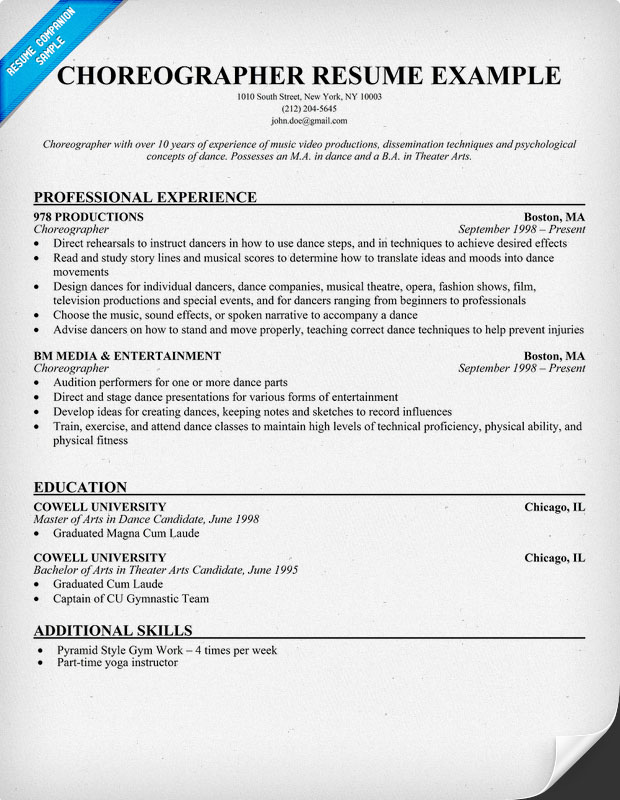 But, this demand has another side, the opposite of fame and fortune - for example, extreme emotional stress and a frantic pace of life. Remembering three or four different roles, remembering the rehearsal schedule, remembering to sleep and eat - all this requires good concentration skills that can and should be trained.
But, this demand has another side, the opposite of fame and fortune - for example, extreme emotional stress and a frantic pace of life. Remembering three or four different roles, remembering the rehearsal schedule, remembering to sleep and eat - all this requires good concentration skills that can and should be trained.
1. Get to the bottom of it
If you've ever been preparing for an exam in a feverish fashion, swallowing book after book, then you know the feeling of escaping the meanings of what you read. This is normal, because our attention during the rush is somewhere on the border of consciousness and does not work, but sleeps. The same thing can happen to an artist during a particularly busy period of touring or premieres. To minimize the chance of getting into an awkward situation, it is necessary to learn every day to immerse yourself in the text consciously, to persistently seek and find the meaning of “what the author wanted to say”. Choose the text you would like to read from the stage and imagine that this is your long-awaited role. Read it aloud in front of a mirror, placing accents, choosing your favorite and least favorite episodes. From time to time try to put the sheet aside and rehearse without it.
Read it aloud in front of a mirror, placing accents, choosing your favorite and least favorite episodes. From time to time try to put the sheet aside and rehearse without it.
2. Concentrate on the smell
One of the most enjoyable exercises on this list has to do with scents. Its goal is to learn to concentrate on one of the many, without being distracted by the rest. Pick four or five fragrances that you don't dislike: they should be available within the home. For example: the smell of citrus from a sliced orange, your favorite coconut shower gel, burning candle wax, and freshly brewed coffee. Place objects side by side so that the aroma of each of them reaches your receptors. Choose one of the smells and try to focus on it completely without noticing the others. This exercise is not the easiest, but it also has a meditative relaxing effect.
3. Use Pomodoro Time
Another exercise often used by journalists when they need to write a text, but inspiration does not come, and concentration dissipates. They use "pomodoro time", which was invented and patented by Francesco Cirillo at the end of the last century. The bottom line is that you need to divide the time into 25-minute periods and track it with a timer. During these 25 minutes, you need to solve one problem, which in no case can be transferred beyond the boundaries of the agreed period of time. For example, read a few short plays, stretch, or write a clear and consistent plan for the day. The feeling that the deadline is approaching very rapidly motivates not to be distracted by nonsense, but to increase productivity and concentration.
They use "pomodoro time", which was invented and patented by Francesco Cirillo at the end of the last century. The bottom line is that you need to divide the time into 25-minute periods and track it with a timer. During these 25 minutes, you need to solve one problem, which in no case can be transferred beyond the boundaries of the agreed period of time. For example, read a few short plays, stretch, or write a clear and consistent plan for the day. The feeling that the deadline is approaching very rapidly motivates not to be distracted by nonsense, but to increase productivity and concentration.
Improvisation exercises
Imagine you are performing on stage and you suddenly forget a very important line? The moment to say it approaches, but the memory fails you and panic rises to the throat. A professional artist in this situation begins to delay the moment "X" with the help of improvisation. He calculates abstract “plots of retreat” in his head, which he immediately brings to life. In order for this to work out organically and not embarrass the audience in the hall, experience of behavior in such situations, which are quite stressful for the human psyche, is necessary. There are some good exercises to help you achieve this.
In order for this to work out organically and not embarrass the audience in the hall, experience of behavior in such situations, which are quite stressful for the human psyche, is necessary. There are some good exercises to help you achieve this.
1. One story for two
One of the best exercises for developing improvisation. Invite your partner to sit opposite each other and take turns saying one word that is similar in meaning to the previous one. It is much easier to explain the mechanics of the exercise with a specific example:
You: Today
P: Yana
You: bought
P: kilograms
You: cherries
P: in the supermarket
You: about
P: school!
And so on. The main thing in the process is to listen carefully to what the other is saying and quickly respond to what they hear. Try not to take more than three seconds to think - for more excitement and results, try playing with the score for the time spent on choosing the right word.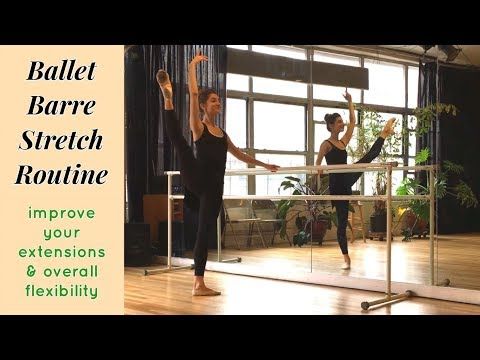 Follow the plot carefully, use more adjectives and try not to introduce more than one character into the dialogue.
Follow the plot carefully, use more adjectives and try not to introduce more than one character into the dialogue.
2. Show me!
The name of the workout speaks for itself. To complete it, you again need the help of friends. Agree on who gives tasks and who performs them and proceed to action. For example, a person tells you to “show an elephant”, “show a chair whose leg has come off”, “show ice cracking on a river”, and so on. The more actively and realistically you improvise, the more points you get for each task.
3. How is your spouse?
A strange but useful task for which, as in the previous two cases, you will need the help of friends. Ask your partner to think through a few questions ahead of time that they would never ask you in real life. For example: “Why did you buy a pink coffee maker last week if you have been drinking tea all your life?” Or “Why were you taken to the police this morning?”. You must answer questions despite their absurdity and untruthfulness - this is how your resourcefulness, fantasy and, of course, improvisation will be trained.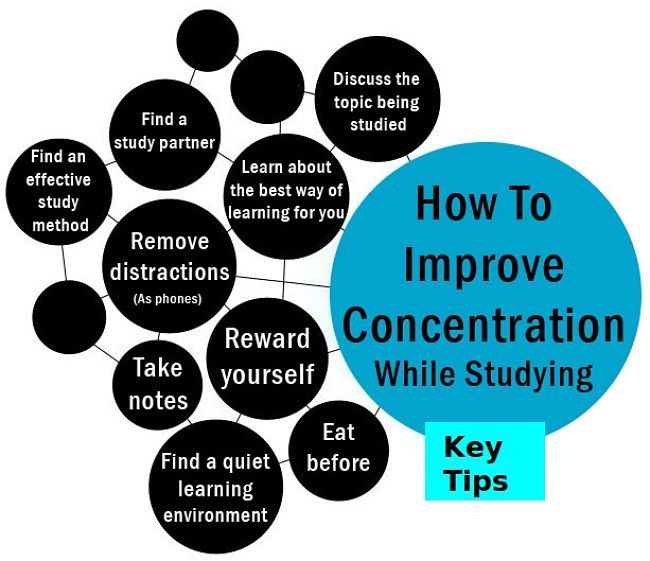
Beginner courses
Beginner courses
Beginner courses
Beginner stages
Other articles
Acting exercises
Acting training lessons art on our website are aimed primarily at the practical side of the development of stage skills. This explains the use of special games and exercises in teaching to consolidate knowledge and train acting skills. The exercises presented below are aimed at developing not only a certain professional quality, but also at improving a whole set of skills that are useful for transforming into a role. Many of these techniques and exercises have been used by the world's leading actors to develop their acting talent.
1
Expressiveness exercises: pantomime and dramatization
A sense of truth and expressiveness are important for the skill of any actor. It is these qualities that help the actors to hear the cherished word “I believe” from the director. Actors need to develop expressiveness and believability in order to become understandable to their audience, to properly convey to them the idea of a theatrical work. For this, there are special techniques and exercises.
Mime
Well-known games such as Crocodile, Activity, Alias are great for performing pantomime exercises. The goal of such games is to try to explain the hidden object, phenomenon or phrase to other players with the help of pantomime and without words so that they guess. This is not only useful for practicing expressiveness, but also a lot of fun, so feel free to start this exercise!
Proverb staging
To cope with this task, you can use not only the capabilities of your body, but also the words. The purpose of the exercise is to play a small scene illustrating a well-known proverb in such a way as to convey its meaning to the partners in the game or the audience as intelligibly as possible. Possible examples of proverbs: “Mark seven times - cut one”, “A woman with a cart is easier for a mare”, etc.
2
Exercise “Words starting with…”
Try for one minute to name as many things as you can that are in the room with you and start with the letter: “K”.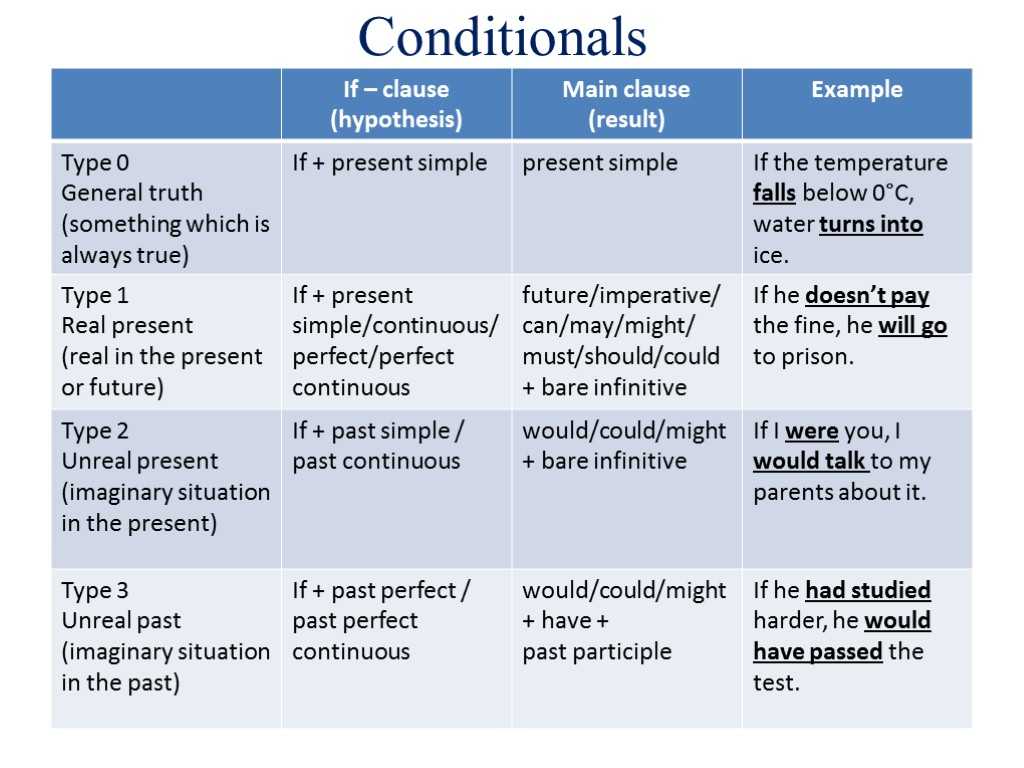 On the letter "P" ... And on the "B"?
On the letter "P" ... And on the "B"?
Count how many you got. If you try, you can name more than 50 things, and maybe more than 100. To help you get the most out of this exercise, we suggest paying attention to certain groups of objects in the environment that you may have forgotten to include.
You can also benefit from a creative thinking training lesson on developing imagination. In this lesson you will find various tips and exercises that will be relevant for developing your acting skills.
3
Exercise "Repeat"
Any novice actor needs his own guide, an example to follow. Unlike the times of Stanislavsky, now we have at our disposal a huge number of various examples of domestic and foreign acting art, easily accessible on the Internet. You just need to open youtube, download a movie with the character we need and try to repeat his emotions, speech.
To perform the exercise, turn on the video and start copying the posture, facial expressions, gestures, and movements of your model. If possible, copy the voice, intonation, speech. It will be difficult at first, but the more you rehearse, the better it will get. Of course, it is impossible to do everything exactly the way your character does, try to be as similar as possible: pay attention to all the details, the typical manner of performance, the emotions experienced.
If possible, copy the voice, intonation, speech. It will be difficult at first, but the more you rehearse, the better it will get. Of course, it is impossible to do everything exactly the way your character does, try to be as similar as possible: pay attention to all the details, the typical manner of performance, the emotions experienced.
The video below shows famed comedian Jim Carrey performing this exercise on stage.
4
Acting Fantasy Exercise “Think Out”
When traveling on public transportation, try to come up with a name, bio, or other details for people you don't know who are traveling with you based on their appearance alone. Pay attention to even the smallest details and try to come up with a rationale for every detail of the appearance of the observed person.
If you are traveling with a friend, share your thoughts with him and then invite him to do the same, compare your stories.
These exercises are aimed at developing the creative thinking and imagination of the actor, for whom a rich imagination is one of the most important components of success. For the viewer to believe in your game, you yourself must convince yourself for a while that you are your character and live his life. Stanislavsky called the ability of an actor to create his character and get used to his role as the art of experiencing, which you can read about in this lesson of our training.
5
From the proposed circumstances to the role
In this exercise, based on the known life circumstances of the hero, you need to think out his character and imagine his emotional state. We can say that this exercise is the opposite of the previous one. To fulfill it, try to imagine how certain life circumstances influenced the hero, his behavior, emotions, words. Try to describe or even show a person who:
- Haven't slept for a long time and are very tired from doing difficult work.

- Yesterday I received a promotion and a new salary twice the previous one.
- Received the superpowers of a real superhero, now he can fly, climb walls, launch a web with his wrist.
- Just lost my entire fortune at roulette.
- Watching a boring acting play while his favorite football team is playing football on TV.
6
Association chains
This game is aimed at developing associative thinking.
First you will be asked to complete ten chains of 3 words with your association. Try to come up with an association that is very well connected with the proposed words, but no others.
After completing the chains, you need to find extra elements in the chains built earlier. Press "Start" to start the game.
Statistics Full screen
7
Concentration exercises
Concentration is very important for an actor. There are many factors around us that influence our behavior, thoughts and emotions. If you want to play your role well, you need to learn not to be distracted by external stimuli. In addition, it is important to be able to quickly gather and tune in to the subject of your reincarnation. To develop acting attention, there are a number of techniques and exercises.
If you want to play your role well, you need to learn not to be distracted by external stimuli. In addition, it is important to be able to quickly gather and tune in to the subject of your reincarnation. To develop acting attention, there are a number of techniques and exercises.
Countdown. Close your eyes and count from 100 to 1 silently. Try to count at the same pace and not too fast. Breathe evenly and concentrate on the numbers, try to represent them visually.
Concentration on the subject. Sit comfortably and focus your gaze on a single object, such as the hand of a clock hanging on the wall. Try to get extraneous thoughts out of your head and think only about the arrow.
There are also special techniques for improving concentration, the video of one of which you can watch below, starting from the 4th minute: determine the object of concentration. You can read other useful tips on how to be attentive in a special lesson.
8
Role reversal exercise
In life, we often play different roles in different circumstances. If we want to develop acting talent in ourselves, it is important for us to learn how to manage emotions by playing a wide variety of roles. After all, all these skills are the professional craft of an actor, which he should have at the highest level.
To exercise control over emotions and the ability to change roles quickly, try the following exercise. Say the same phrase several times (for example, “Dear friends, I have gathered you here for a reason”), from the position of different characters: a little girl, her mother, an elderly person, a businessman, a famous artist, a president. Try to find the features of each of them, for this the phrase can be slightly modified by adding typical speech techniques for each character. In addition, you can try to pronounce a phrase on behalf of the same character, but in different emotional states.
For this exercise, it is useful to use the techniques we have already described, which you can find in the lessons on public speaking and acting.
9
Improvisation exercises
As a rule, in life we have to play precisely spontaneous, unrehearsed roles, so training improvisational skills is relevant not only for professional actors. There are various modifications of improvisation and exercises to improve the ability to speak without preparation:
"Non-stop". The purpose of this exercise is that you need to continuously pronounce a monologue on a certain topic for 3-5 minutes without preparation. Pauses should be minimal, and your presentation should sound so convincing that the audience will think that you are delivering a pre-prepared speech. Topics can be different: start with subjects that are familiar to you, and then move on to unfamiliar or generally unknown topics. Aerobatics is a monologue with no topic at all.
Interview. Another type of improvisation is the interview. Ask a friend or colleague to prepare a series of questions for you. Questions should be unexpected and open-ended, that is, suggesting a detailed answer, and not just “yes” or “no”. Try to answer the questions quickly, confidently and as detailed as possible, convincingly defend your opinion and express emotions as vividly as possible.
Try to answer the questions quickly, confidently and as detailed as possible, convincingly defend your opinion and express emotions as vividly as possible.
Linked to words. Find 20-30 words that are distantly related. Write each word on a separate piece of paper or card. After that, you can start an improvisational speech, pulling out the words at random and linking them into a sequential story, be sure to use each of the written words in your speech.
10
A set of diction exercises
The ability to speak clearly and distinctly is the most important quality of any actor. To train diction, you can use special exercises aimed at developing the speech apparatus and respiratory organs. You can find some of these exercises in a special lesson on rhetoric, as well as in the video that we have posted below.
11
Guess the emotion
This game will help you learn to express certain emotions with facial expressions.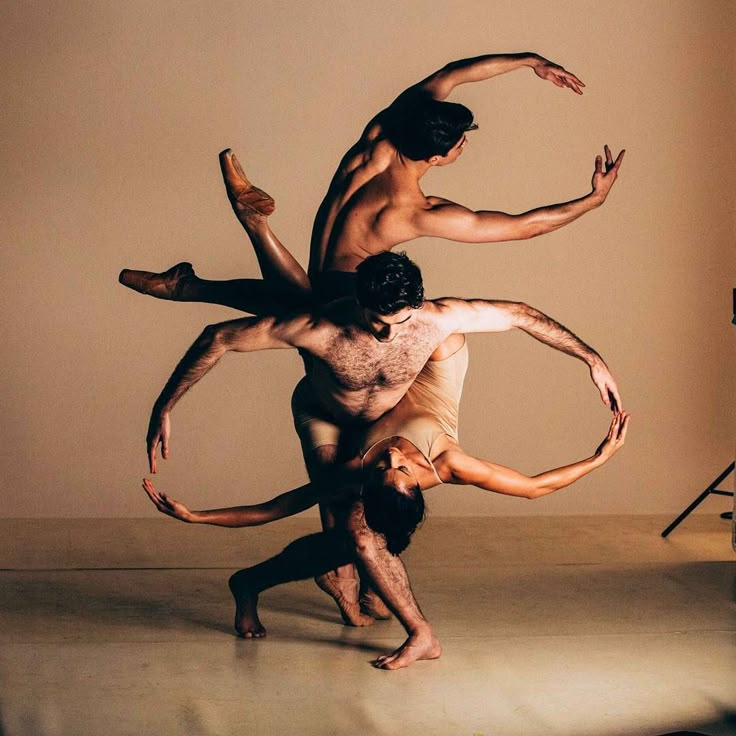 In fact, this is a game of Hat or Crocodile, only aimed specifically at working with facial expressions.
In fact, this is a game of Hat or Crocodile, only aimed specifically at working with facial expressions.
Divide into two teams first. The player from the first team thinks of a certain emotion to the player from the second team. Now the task of the player from the second team is to depict this emotion with facial expressions so that the members of his team guess. For each emotion that is guessed, the team receives a point.
To make it more fun and at the same time more useful, set a timer - a maximum of 30-40 seconds for your team members to guess the emotion you portray. And as you get better and better at the task, the time can be reduced.
You can also play this game with two people, just in this case you will think of an emotion for yourself. This is an easier option, because there is no surprise effect - what an interesting emotion your opponent will give you.
At the same time, this game also develops emotional intelligence, as you will have to work hard to come up with many interesting emotions that people can experience, and not be limited to banal joy and sadness.
